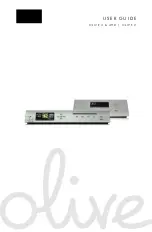
Figure 35. Installing a 2.5-inch drive into the 3.5-inch drive adapter
Next steps
1
Replace a 3.5-inch adapter into the 3.5-inch drive carrier.
2
Follow the procedure listed in
After working inside your system
.
Removing a 3.5-inch drive adapter from a 3.5-inch drive carrier
Prerequisites
1
Follow the safety guidelines listed in
2
Follow the procedure listed in
Before working inside your system
.
3
Remove the 3.5-inch drive carrier from the system.
Steps
1
Remove the screws from the rails on the drive carrier.
2
Lift the 3.5 inch drive adapter out of the drive carrier.
62
Installing and removing system components
















































